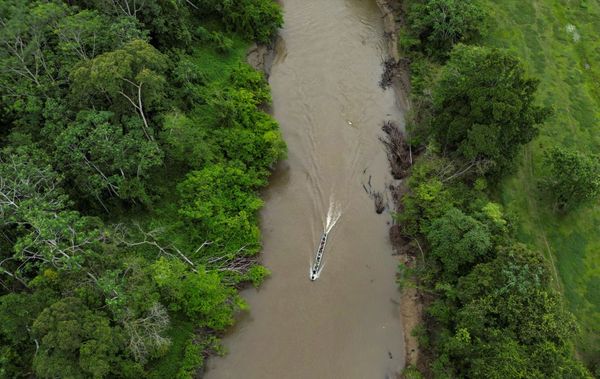
A Chinese spacecraft successfully landed on the far side of the moon on Sunday, marking a significant milestone in the country's space exploration efforts. The mission aims to collect soil and rock samples from the South Pole-Aitken Basin, a large crater that has not been extensively studied before.
This mission is part of the Chang'e moon exploration program, named after a Chinese moon goddess. It is the sixth mission in the program and the second designed to bring back samples, following the successful Chang'e 5 mission on the near side of the moon in 2020.
China's space program is increasingly becoming a key player in the global space race, competing with the United States, Japan, and India. China has already established its own space station in orbit and regularly sends crews there. The country aims to land a person on the moon before 2030, which would make it the second nation to achieve this feat after the United States.
Meanwhile, the United States is also planning to return astronauts to the moon for the first time in over 50 years, with a target date set for 2026. However, delays in using private sector rockets have hindered progress, as evidenced by the recent cancellation of Boeing's astronaut flight due to computer issues.
In the current Chinese mission, the lander will use a mechanical arm and a drill to collect up to 2 kilograms of surface and underground material over a two-day period. An ascender will then transport the samples to an orbiting module, which will later return to Earth in a re-entry capsule scheduled to land in China's Inner Mongolia region around June 25.
Missions to the moon's far side present unique challenges, as communication requires a relay satellite due to the lack of direct line of sight with Earth. Additionally, the rugged terrain and limited flat landing areas make landing and sample collection more complex.







